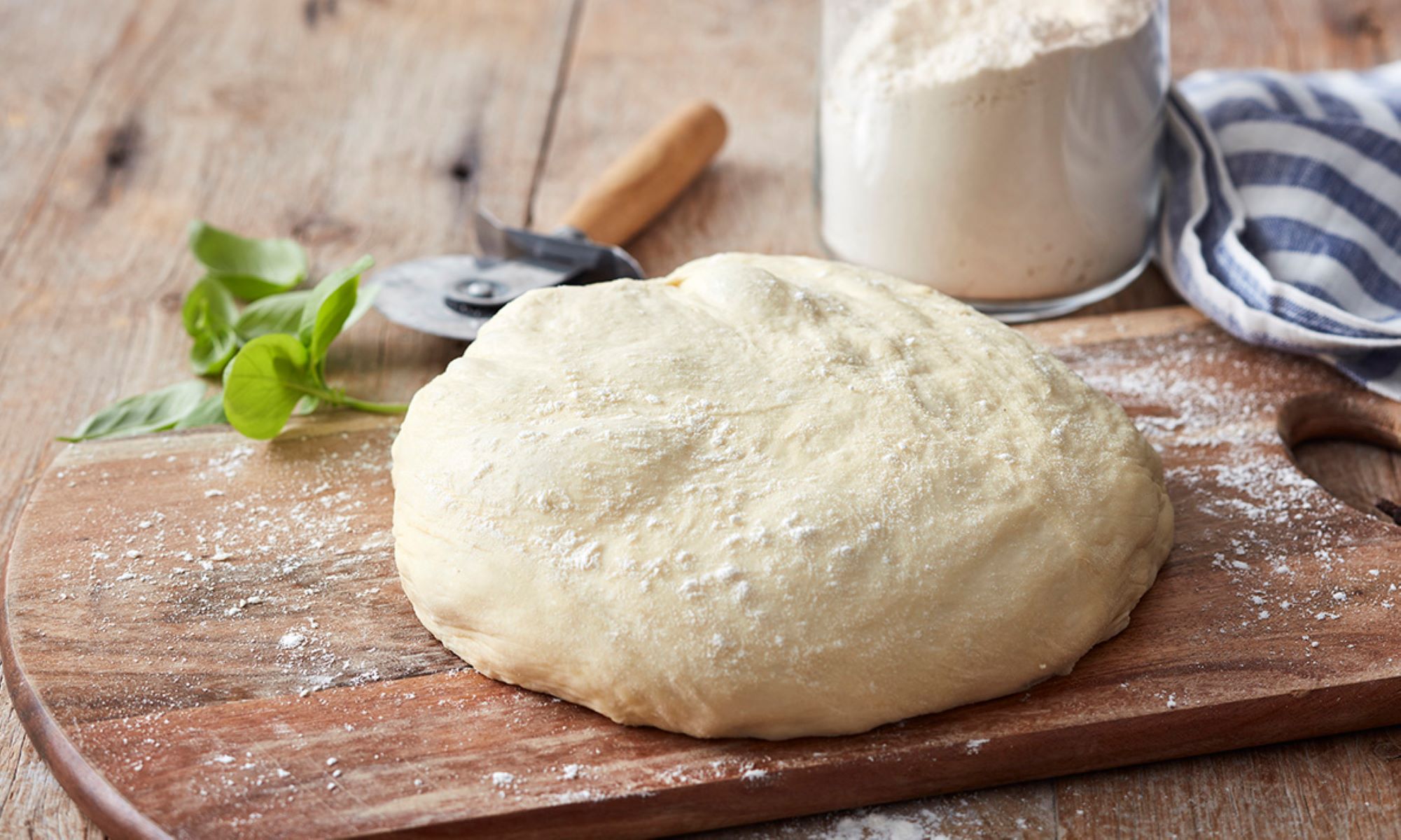

Articles
How To Store Pizza Dough For A Few Hours
Modified: December 7, 2023
Learn how to store pizza dough for a few hours with these helpful articles. Keep your dough fresh and ready for baking!
(Many of the links in this article redirect to a specific reviewed product. Your purchase of these products through affiliate links helps to generate commission for Storables.com, at no extra cost. Learn more)
Introduction
When it comes to making homemade pizza, one of the most important steps is preparing the dough. Whether you’re using a classic recipe or trying out a new one, it’s crucial to give the dough time to rise and develop its flavor. However, there may be times when you need to store the pizza dough for a few hours before you can bake it. Whether you’re making the dough in advance for a party or simply need to pause in the middle of your pizza-making process, knowing how to store pizza dough properly is key to ensuring that it stays fresh and delicious.
In this article, we will explore different methods for storing pizza dough for a few hours. We will discuss the importance of storing pizza dough correctly, the various containers you can use, and the proper ways to wrap and store the dough at room temperature, in the refrigerator, and in the freezer. Additionally, we will share some helpful tips to ensure your pizza dough stays in optimal condition until you’re ready to use it.
So, if you’ve ever found yourself with prepared pizza dough that needs to be stored temporarily, keep reading to learn the best practices for preserving its freshness and flavor.
Key Takeaways:
- Properly storing pizza dough is crucial for maintaining its freshness and flavor, whether for a few hours or longer. Choose the right container, wrap it properly, and consider room temperature, refrigeration, or freezing for optimal results.
- Experiment with different storage methods and follow proper thawing techniques to ensure your pizza dough is always fresh and ready to use. Plan ahead, use fresh ingredients, and monitor the dough during storage for the best homemade pizza experience.
Read more: How To Store Fresh Pasta For A Few Hours
Why Store Pizza Dough?
You may be wondering why it’s necessary to store pizza dough at all. After all, can’t you just leave it out on the counter until you’re ready to use it? While this may work for a short period of time, it’s not recommended for prolonged periods, as the dough can overproof and lose its texture and flavor.
Storing pizza dough properly is crucial because it allows the dough to continue fermenting and developing its flavors while maintaining its structure. The fermentation process not only improves the taste and texture of the dough but also enhances its digestibility. The longer you allow the dough to ferment, the better the resulting flavors.
By storing pizza dough for a few hours, you can control the fermentation process and ensure that the dough is at its peak when it comes time to bake your pizza. This way, you’ll end up with a light, airy, and flavorful crust that is sure to impress.
Furthermore, by having the option to store pizza dough, you can make it ahead of time, enabling you to plan your pizza-making process accordingly. This is particularly useful when you have guests coming over or when you want to save time on a busy day. With proper storage techniques, you can have fresh, homemade pizza in no time.
Now that we understand the importance of storing pizza dough, let’s explore the different options and techniques for effectively preserving its quality and freshness.
Choosing the Right Container
When it comes to storing pizza dough, selecting the right container is crucial to maintain its quality and prevent it from drying out or becoming too dense. There are a few key factors to consider when choosing the container:
- Airtight: It’s important to choose a container that is airtight to prevent the dough from drying out. A loose-fitting lid or plastic wrap may not provide sufficient protection, so opt for containers with secure seals.
- Non-reactive: The container you choose should be made of a non-reactive material, such as glass or food-grade plastic. Avoid using containers made of metal, as it can react with the dough and affect its flavor.
- Size: Select a container that allows enough room for the dough to rise. The dough will expand as it ferments, so choose a container that has enough space to accommodate this growth without the dough touching the lid or sides of the container.
With these factors in mind, there are a few container options that work well for storing pizza dough:
- Glass or Plastic Containers: These are great options as they are airtight and non-reactive. Look for containers with tight-fitting lids to ensure a proper seal.
- Ziplock Bags: If you’re short on space, individual portions of pizza dough can be stored in Ziplock bags. Squeeze out as much air as possible before sealing to maintain freshness.
- Bowls with Plastic Wrap: If you don’t have a suitable airtight container, you can use a bowl covered tightly with plastic wrap. Press the plastic wrap directly onto the surface of the dough to minimize air exposure.
Ultimately, the goal is to use a container that allows for proper fermentation while keeping the dough protected and fresh. By choosing the right container, you can set the stage for successful pizza dough storage.
Properly Wrapping the Dough
Once you have selected the appropriate container for storing your pizza dough, the next step is to properly wrap it to keep it fresh and prevent it from drying out or forming a tough exterior. Here are some tips for properly wrapping the dough:
- Use Plastic Wrap: Plastic wrap is an effective way to keep the dough protected and sealed. Ensure that the plastic wrap is food-grade and wrap it tightly around the dough, leaving no gaps or exposed areas.
- Double Wrap: For added freshness and to prevent any leaks or air exposure, consider double-wrapping the dough. Wrap it with one layer of plastic wrap and then another layer of foil or place it in a ziplock bag.
- Press Out Air: Before sealing the container or wrapping the dough, press out as much air as possible. Air can cause the dough to dry out and develop a tough texture.
- Keep Surface Moist: To prevent the dough from drying out, you can lightly coat its surface with a small amount of olive oil. This will help maintain moisture and prevent a dry crust from forming.
- Label and Date: If you are storing multiple portions of pizza dough or have different batches, it’s helpful to label each container or bag with the date. This will allow you to keep track of the dough’s freshness and know which one to use first.
Remember, the goal is to create a tightly sealed and protected environment for the dough to rest and ferment properly. By following these steps, you can ensure that the dough retains its quality and is ready for baking when you need it.
Storing the Dough at Room Temperature
If you only need to store pizza dough for a few hours, storing it at room temperature can be a convenient option. However, it’s important to take precautions to ensure that the dough remains fresh and safe to use. Here are some guidelines for storing pizza dough at room temperature:
- Choose the Right Spot: Find a cool spot in your kitchen away from direct sunlight or heat sources. Excessive heat can cause the dough to rise too quickly and compromise its texture.
- Store in a Covered Bowl: Place the dough in a covered bowl or container to protect it from dust and other contaminants. Make sure the container is large enough to allow the dough to rise without touching the lid or sides.
- Check for Rise: Monitor the dough periodically to ensure that it’s not overproofing or expanding too much. Gently press the dough with your finger – it should slowly bounce back. If the dough remains indented, it may be overproofed.
- Keep an Eye on the Clock: Remember that pizza dough is best used when fresh, so try not to store it at room temperature for too long. It’s recommended to use the dough within a few hours to maintain its quality.
It’s important to note that storing pizza dough at room temperature is not suitable for long-term storage. If you need to store the dough for longer or overnight, it’s best to refrigerate or freeze it to maintain its freshness.
By following these guidelines, you can safely store pizza dough at room temperature for a few hours, allowing you to prepare ahead and have your pizza ready in no time.
After preparing the pizza dough, wrap it tightly in plastic wrap and store it in the refrigerator for up to 24 hours. This will allow the dough to ferment and develop more flavor.
Read more: How To Store Pizza Dough
Refrigerating the Dough
If you need to store pizza dough for a longer period, refrigeration is one of the best options. Refrigerating the dough slows down the fermentation process, allowing you to keep the dough fresh and ready to use for up to a day or two. Here’s how to refrigerate pizza dough:
- Prepare the Dough: After preparing the dough and allowing it to rise, punch it down to release any excess air. Shape the dough into a ball and lightly coat it with olive oil to prevent it from drying out.
- Choose the Right Container: Place the dough in an airtight container or cover it tightly with plastic wrap. Ensure that the container is large enough to accommodate the dough as it may expand slightly during refrigeration.
- Refrigerate Immediately: Place the dough in the refrigerator as soon as possible after shaping it. This will prevent it from overproofing or losing its texture.
- Store on a Flat Surface: For even cooling, place the dough on a flat surface in the refrigerator. Avoid tightly stacking other items on top of the dough to prevent deformation or pressure on the dough.
It’s important to note that refrigeration will cause the dough to rise at a slower pace. This cooling process enhances the flavor development and texture of the dough, resulting in a more delicious pizza crust.
When you’re ready to use the refrigerated dough, remove it from the refrigerator and let it sit at room temperature for about 20-30 minutes to allow it to come to room temperature. This will make it easier to shape and stretch without excessive spring back.
Remember, refrigeration is ideal for short-term storage. It’s recommended to use the refrigerated dough within 24-48 hours to enjoy the best results.
By refrigerating the dough following these guidelines, you can preserve its freshness and have the flexibility to make homemade pizza whenever you’re ready.
Freezing the Dough
If you need to store pizza dough for an extended period, freezing is a great option. Freezing allows you to keep the dough for weeks or even months while maintaining its quality and freshness. Here’s how to freeze pizza dough:
- Prepare the Dough: After preparing the dough and allowing it to rise, punch it down to release any excess air. Divide the dough into individual portions, depending on the size of the pizzas you plan to make.
- Wrap Each Portion: Individually wrap each portion of dough tightly with plastic wrap. Make sure the plastic wrap is food-grade and completely encloses the dough to prevent freezer burn and maintain its moisture.
- Double Bag: For added protection, place the wrapped dough portions into a ziplock bag before sealing. This helps to further prevent moisture loss and ensures that the dough remains intact.
- Label and Date: It’s essential to label each bag or container with the date and any specific instructions or notes for easy identification later on.
- Freeze Flat: Lay the wrapped dough portions flat in the freezer. This allows for even and faster freezing. Once frozen, you can stack the portions to save space if needed.
When you’re ready to use the frozen dough, here are the steps for thawing:
- Transfer to the Refrigerator: Place the desired number of dough portions into the refrigerator a day before you plan to use them. Slow thawing in the refrigerator helps retain the dough’s quality.
- Bring to Room Temperature: Once thawed, let the dough come to room temperature for about 30 minutes to an hour before shaping and stretching it. This will make it more pliable and easier to work with.
It’s important to note that freezing may slightly affect the texture and rise of the dough compared to fresh dough. However, with proper thawing and handling, you can still achieve delicious results.
By freezing pizza dough using these methods, you can have homemade pizza readily available whenever you want, even on those busy days when time is limited.
Thawing Frozen Dough
Thawing frozen pizza dough properly is essential to ensure that it regains its texture, flavor, and rise. Here are the recommended steps for thawing frozen dough:
- Transfer to the Refrigerator: Remove the frozen dough from the freezer and transfer it to the refrigerator. Place it on a plate or in a container to catch any condensation as it thaws.
- Allow Sufficient Thawing Time: Give the dough enough time to thaw in the refrigerator. This process will take approximately 24 hours, depending on the size and thickness of the dough portions.
- Bring to Room Temperature: Once thawed, take the dough out of the refrigerator and let it sit at room temperature for about 30 minutes to an hour before using it. This ensures that the dough reaches a workable temperature and becomes more pliable.
It’s important not to rush the thawing process by using heat or microwaving the dough as this can lead to uneven warming and negatively impact the dough’s structure.
During the thawing process, some condensation may accumulate on the wrapping or container. It’s essential to gently pat the dough dry with a paper towel before using it to remove excess moisture. This will help prevent a soggy crust and maintain the desired texture.
Once the dough has thawed and reached room temperature, it’s ready to be shaped, stretched, and used to make your delicious homemade pizza.
By following these steps for thawing your frozen pizza dough, you can restore its quality and ensure a successful pizza-making experience whenever you’re ready to indulge.
Tips for Storing Pizza Dough
To make the most out of your pizza dough storage, here are some helpful tips to keep in mind:
- Plan Ahead: If you know you’ll need to store pizza dough, plan your baking schedule accordingly. Take into account the rising and resting times, as well as the storage method you’ll be using.
- Use Fresh Ingredients: The quality of your ingredients, including the flour, yeast, and water, will directly affect the dough’s flavor and texture. Use fresh and high-quality ingredients for the best results.
- Portion the Dough: Divide the dough into individual portions before storing. This allows you to thaw or use only the amount you need, minimizing waste and ensuring consistent results.
- Label and Date: Always label each container or bag of dough with the date and any specific instructions. This will help you keep track of the dough’s freshness and use the oldest ones first.
- Experiment with Flavors: Consider adding herbs, spices, or other flavorings to the dough before storing. This allows the flavors to meld during the resting and fermentation process, enhancing the overall taste.
- Don’t Overstore: While pizza dough can be stored in the refrigerator or freezer for longer periods, it’s best to use it within a day or two for optimal results. The longer it’s stored, the more the texture and rise may be affected.
- Prevent Sticking: To prevent the dough from sticking to the container when storing, lightly coat it with olive oil or non-stick cooking spray before placing it inside.
- Experiment with Different Techniques: Try out different storage methods, such as combining refrigeration and freezing, to see which one works best for your needs and preferences.
- Keep an Eye on the Dough: Monitor your pizza dough during storage and check for any signs of spoilage or off smells. If the dough appears discolored or has an unpleasant odor, it’s best to discard it.
Remember, storing pizza dough is a great way to have homemade pizza at your fingertips anytime you want. By following these tips, you’ll have fresh and delicious dough ready to bake into a perfect pizza crust whenever the craving strikes.
Read more: How To Store Homemade Pizza Dough
Conclusion
Properly storing pizza dough is essential to maintain its freshness and ensure a delicious homemade pizza experience. Whether you need to store the dough for a few hours, overnight, or longer, there are various methods that can help you keep it in optimal condition.
By choosing the right container, whether it be airtight glass or plastic, and properly wrapping the dough with plastic wrap or ziplock bags, you can prevent drying out and maintain the dough’s texture.
If you only need to store the dough for a short period, storing it at room temperature can be a convenient option. However, refrigerating the dough is best for slightly longer storage, up to a day or two.
For longer-term storage, freezing the dough provides an excellent solution. By wrapping each portion tightly with plastic wrap and placing it in a ziplock bag, you can keep the dough fresh for weeks or even months.
When it comes time to use the stored dough, proper thawing is crucial to restore its texture and rise. Thawing in the refrigerator allows for a controlled thawing process that maintains the dough’s quality.
Finally, by keeping a few tips in mind, such as portioning the dough, labeling and dating the containers, and using fresh ingredients, you can optimize the storage experience and enjoy consistently delicious pizza crusts.
In conclusion, by having a good understanding of the various storage methods and implementing the proper techniques, you can confidently store pizza dough and have it ready to use whenever you desire. Experiment with different storage methods and find what works best for you, so you can always have fresh, homemade pizza at your fingertips.
Frequently Asked Questions about How To Store Pizza Dough For A Few Hours
Was this page helpful?
At Storables.com, we guarantee accurate and reliable information. Our content, validated by Expert Board Contributors, is crafted following stringent Editorial Policies. We're committed to providing you with well-researched, expert-backed insights for all your informational needs.
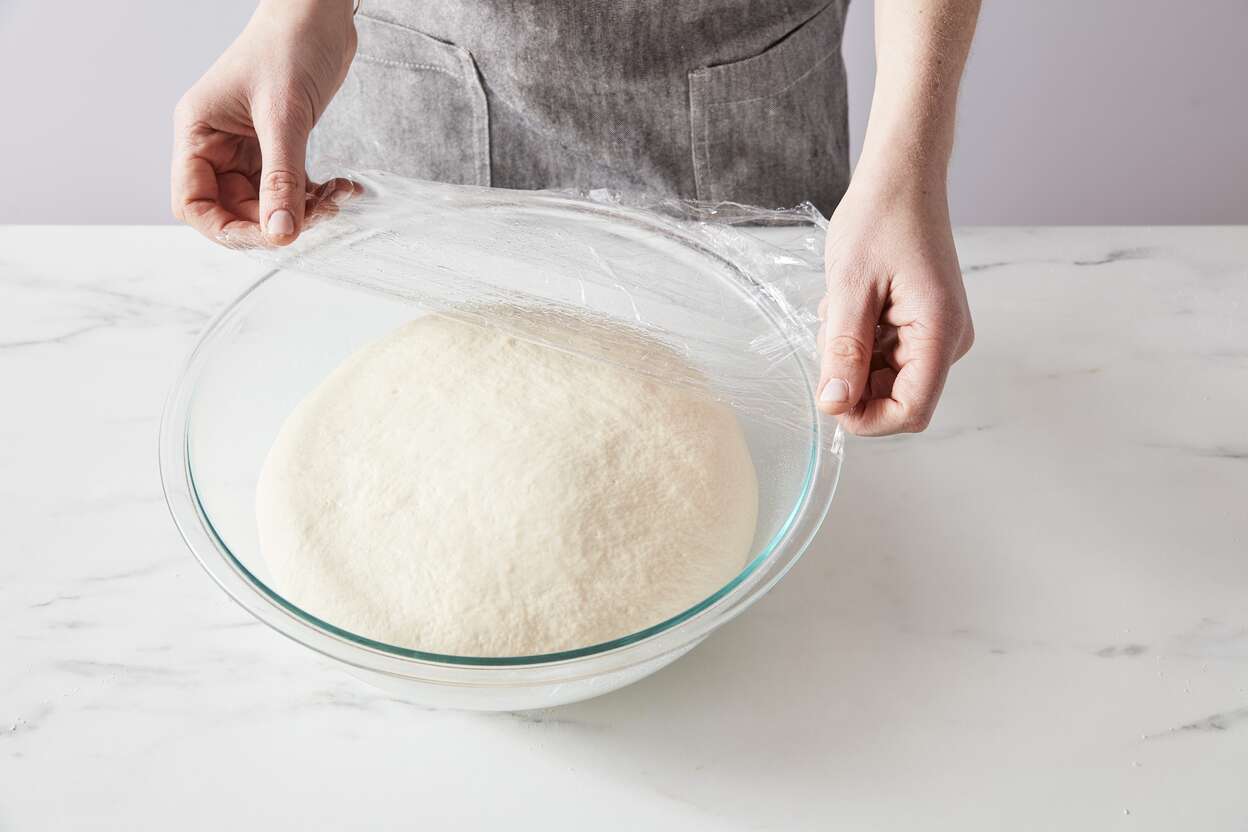
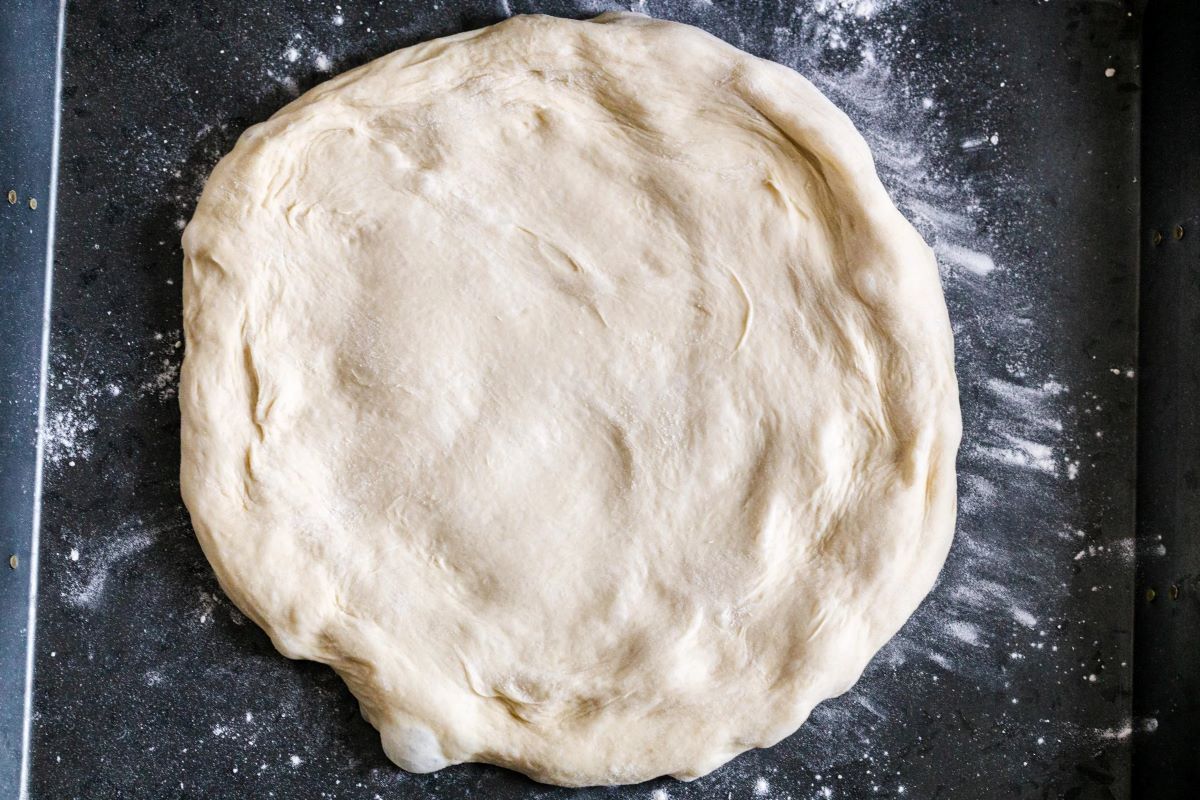
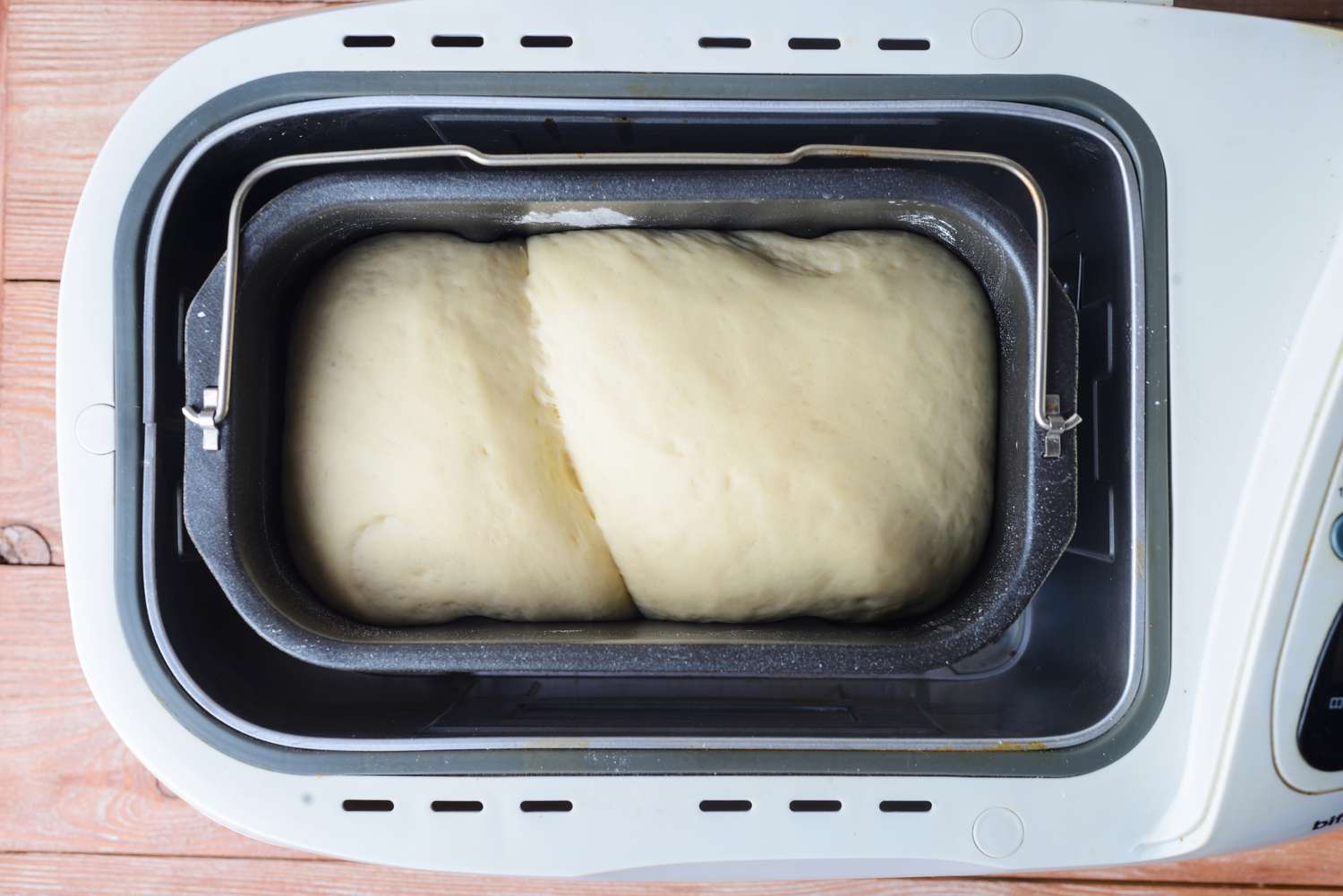
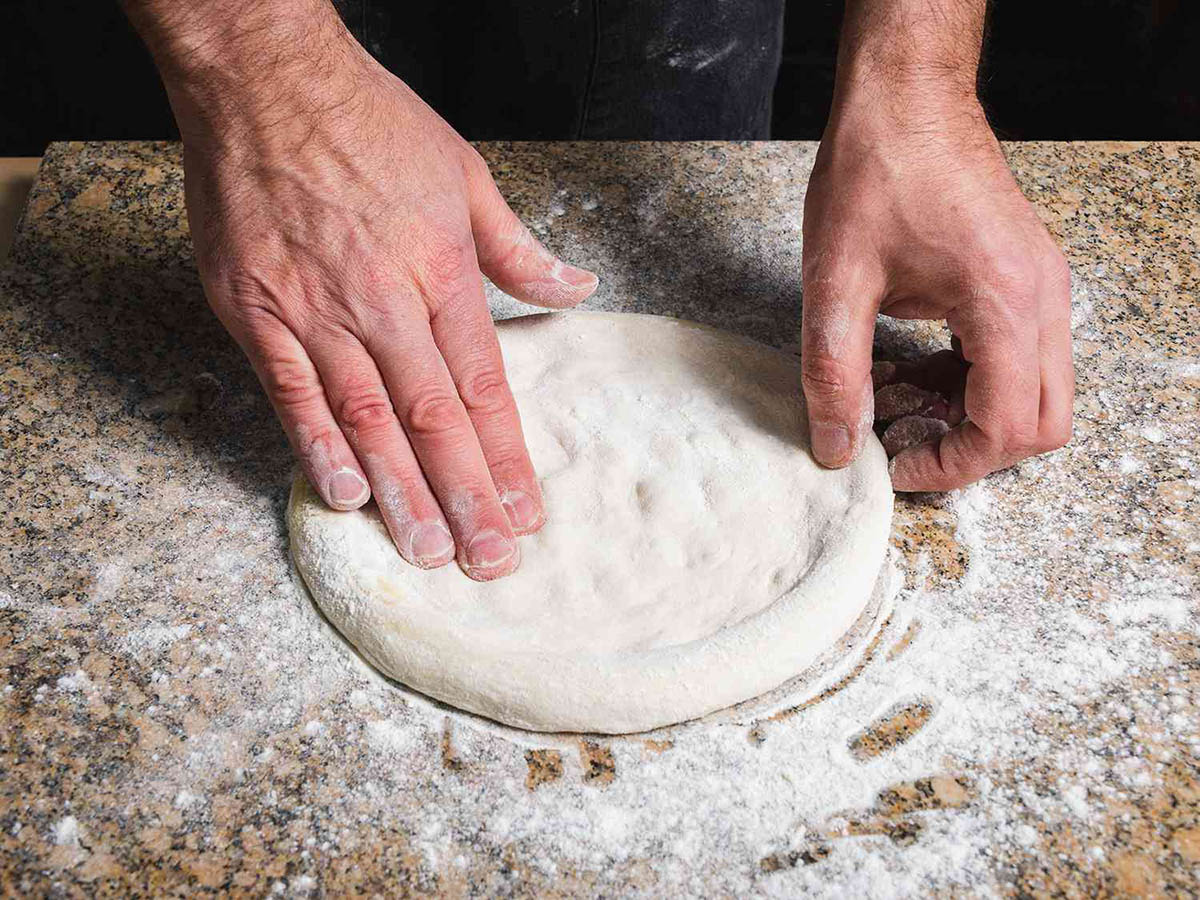



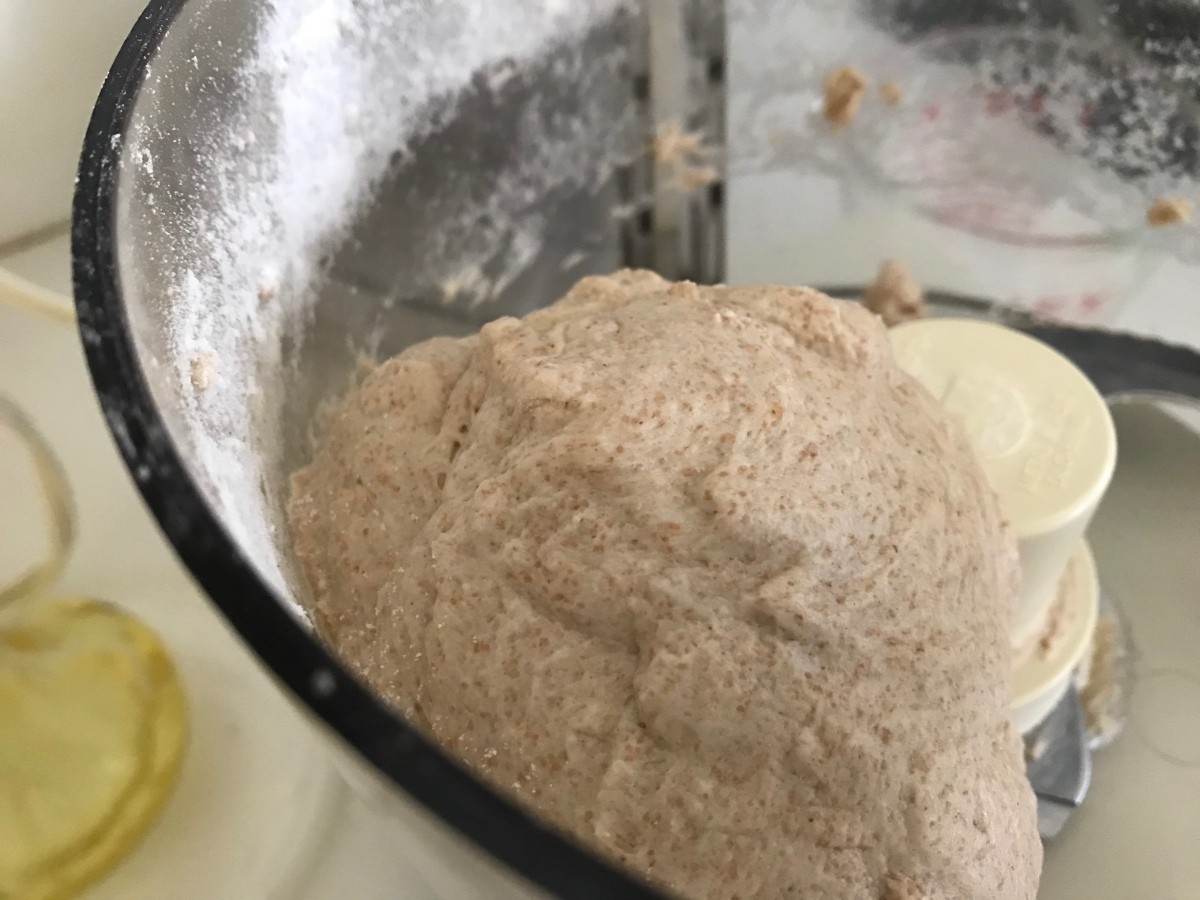

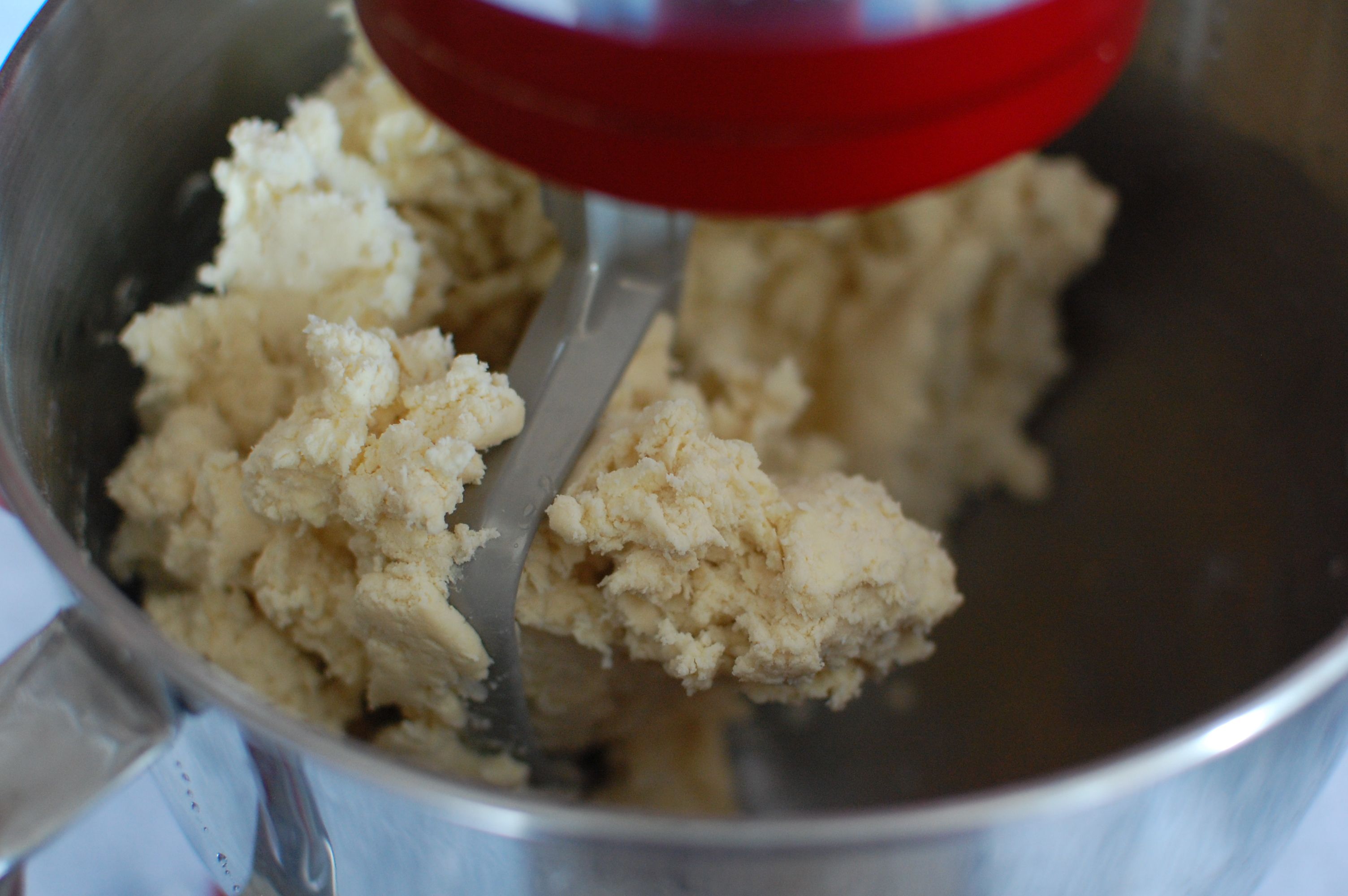
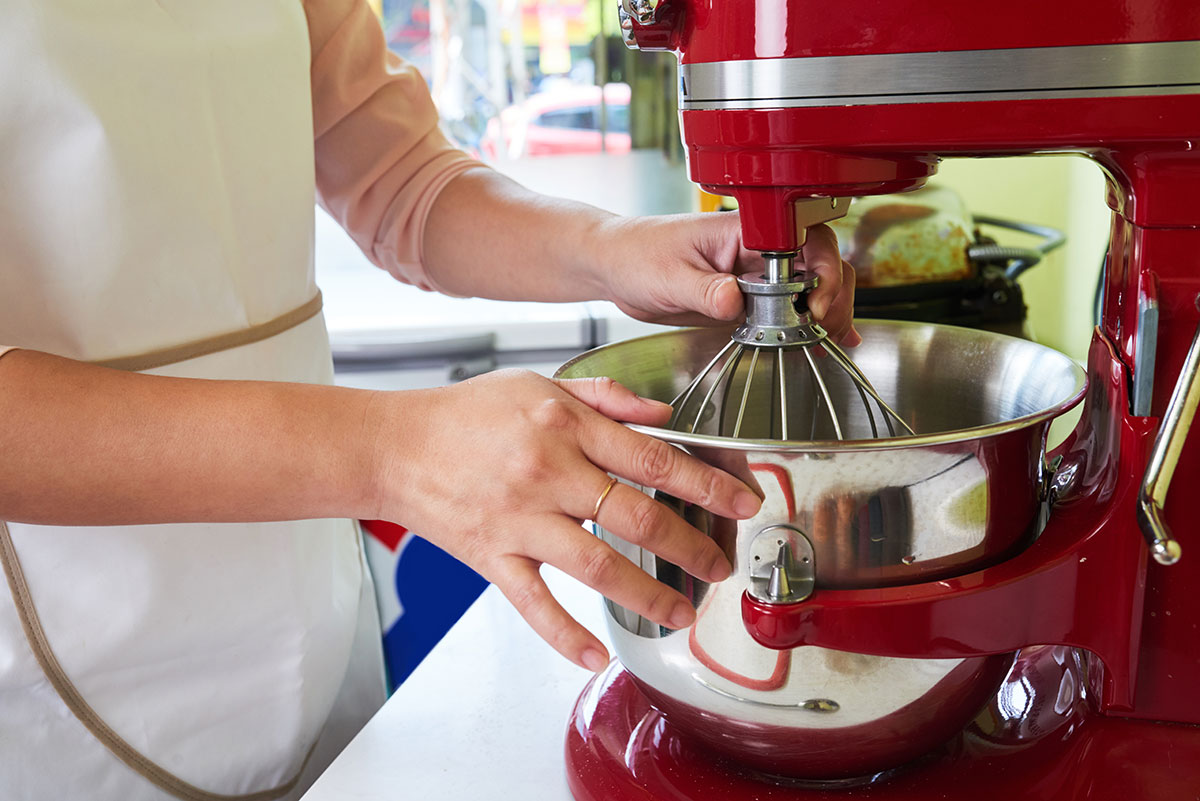

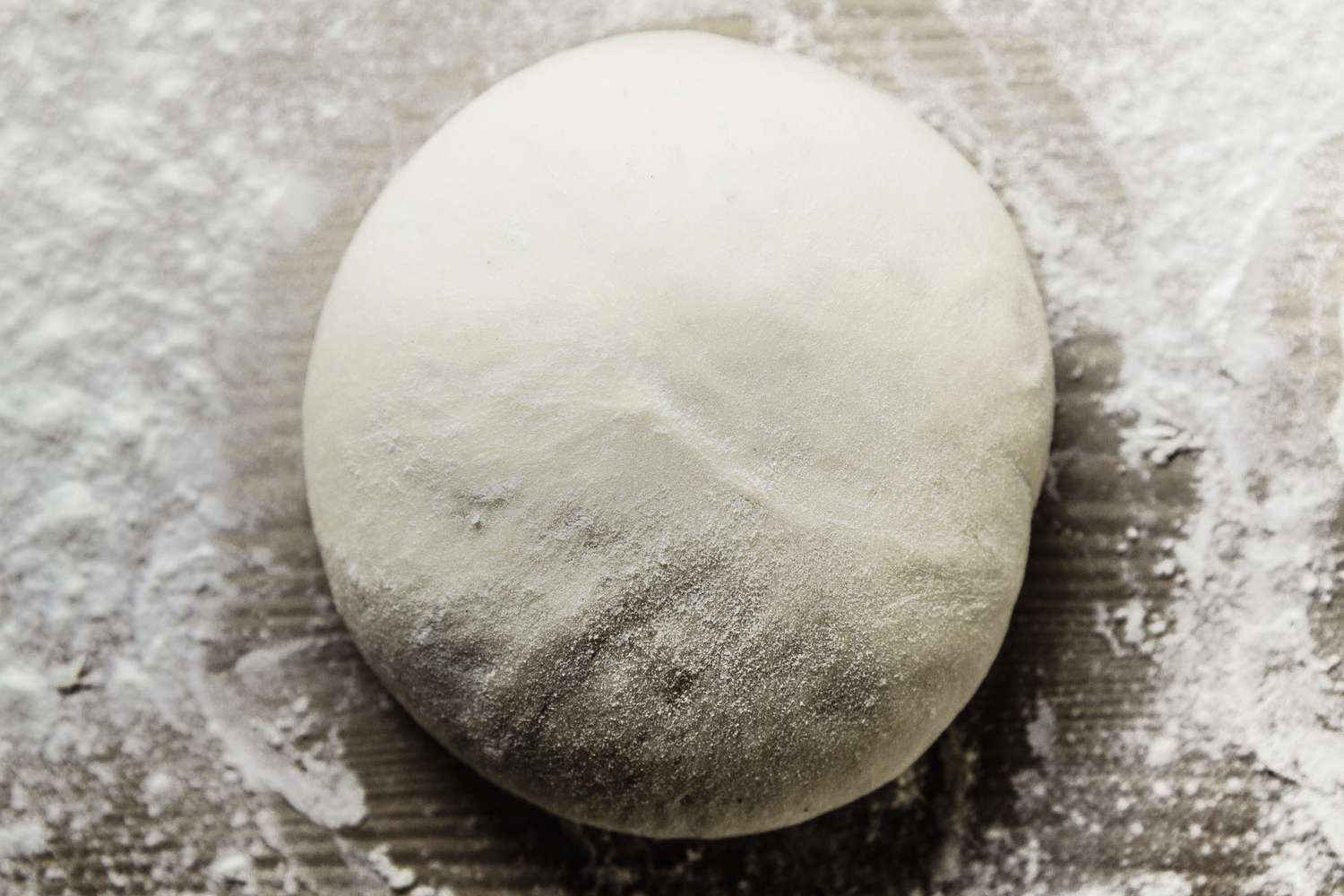

0 thoughts on “How To Store Pizza Dough For A Few Hours”